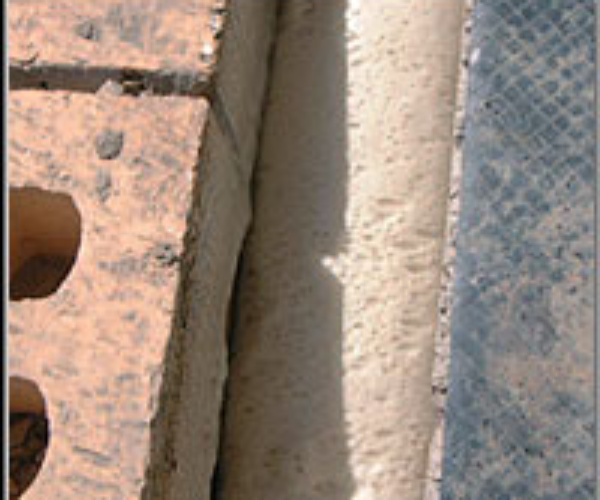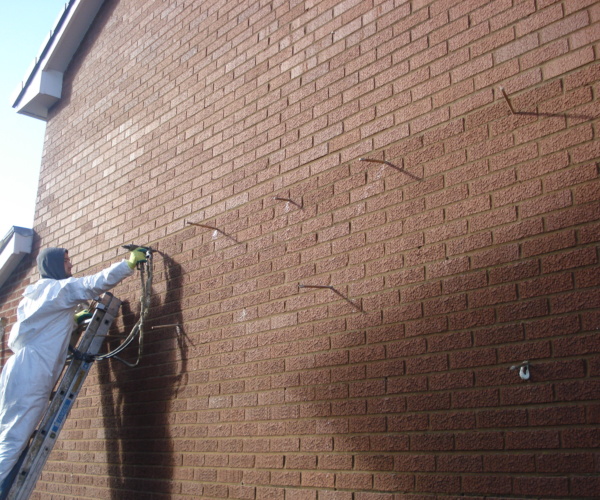EduFoam rigid polyurethane insulation, injected into cavity walls, provides one of the most efficient thermally insulated cavity wall systems available today. EduFoam can be used in just about any cavity wall system, even in hard-to-treat properties with a narrow cavity, to provide excellent thermal insulation as well as sealing against unwanted air-leakage. With a wide variety of grants available for cavity wall insulation – usually for glass fibre or other types of insulation, polyurethane foam is one of the most expensive cavity wall insulations you can invest in. However, due to the unique properties and installation technique of the foams, you will achieve a fantastic return-on-investment through numerous benefits, including:
Long-term savings – Injected EduFoam insulation provides one of the highest thermal insulation values available today, coupled with the fact that foam insulation loses little to none of its properties over time – even in the presence of water – your home will be insulated to a high standard for a minimum of 25 years.
Wall stabilisation – EduFoam Closed-cell polyurethane, when injected into a cavity wall, has sufficient compressive, tensile and shear strengths to restore the structural stability of existing cavity walls, even where wall ties have corroded or failed.
Resistant to flooding – EduFoam Closed-cell foam is extremely resistant to the passage of water, even under pressure, and in some cases has been recommended for use in flood zones to provide a barrier to temporary flooding.
Minimises noise – Both EduFoam closed and EduFoam open-cell foam insulation systems deliver an excellent air-barrier, minimising unwanted air-leakage and reducing the passage of airborne noise through the wall.



